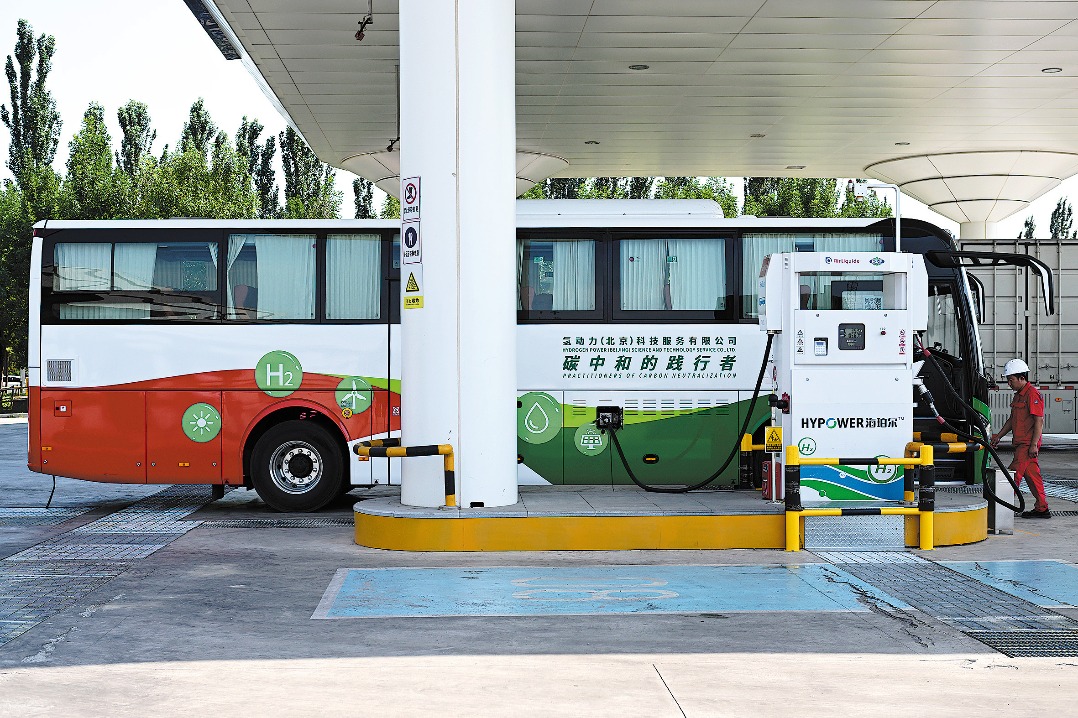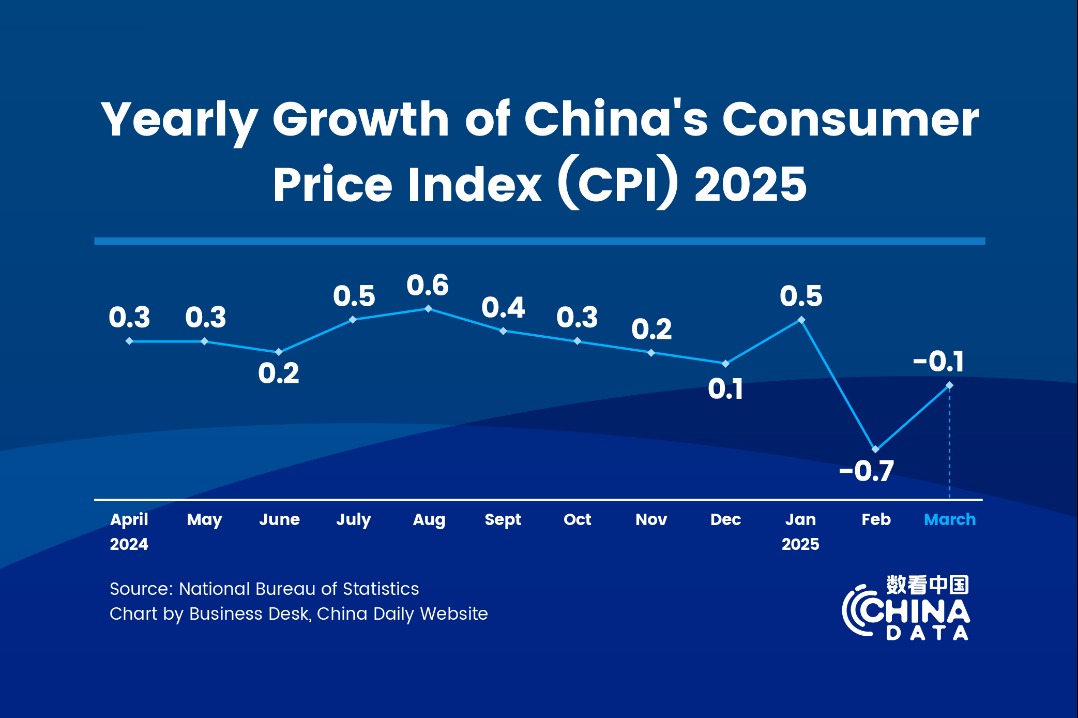Luxury industry bouncing back from slump


E-commerce platforms step up efforts to cooperate with high-end brands after the novel coronavirus outbreak
The luxury goods sector has witnessed a rebound in China and is playing an active role in boosting global economic recovery despite the challenges posed by the COVID-19 outbreak, with more high-end brands accelerating their digitalization push and expanding their online presence, said industry insiders.
Italian luxury brand Bulgari is bullish on the prospects of its luxury business in the world's second-largest economy, showing full confidence for the recovery of its business as the contagion comes under increasing control in China.
"Luxury brands worldwide have attached great importance to the Chinese market. We hope to be a key opinion leader of the Chinese luxury market through creativity and design that suits the tastes and mentality of Chinese consumers. As for the Chinese market, our focus is more about its people," said Jean-Christophe Babin, CEO of Bulgari, in an interview with China Daily.
Babin said with China's growing economy, the country's consumers have become more sophisticated and refined in their tastes-qualities that are extremely important for luxury brands.
The COVID-19 pandemic has hit the luxury and fashion industry hard. According to a study conducted by Boston Consulting Group, global sales in these two sectors could drop by 25 to 30 percent this year compared to 2019.
Babin said when the pandemic was at its peak in China, the company closed 50 percent of its stores nationwide, which have now reopened.
The company encountered a strong rebound since mid-March, indicating the strength and resilience of the Chinese market as well as the recognition and demand of Chinese consumers toward luxury brands with a strong brand DNA, long history and exquisite craftsmanship, he added.
"Brick-and-mortar stores are still very important, while digitalization is also essential. The Chinese market has always been very dynamic and strong, so we will adjust our strategies according to market demand in the process of expanding our businesses," Babin said.
"Luxury as well as fashion have always been important protagonists in the post-crisis period. They have always been synonymous with creativity, beauty and rebirth. As a member of this circle, we have to spare no efforts in promoting the recovery of the global economy," he said.
When the virus is successfully controlled, consumers will leave their homes to enjoy offline shopping experiences, Babin said, adding that offline channels are still very important for luxury brands, especially high-end jewelry brands, in communicating with consumers.
"Many brands began to expand their online presence since the COVID-19 outbreak. We introduced our official online shopping platform a long time ago and have achieved great results. We hope to provide consumers with valuable, convenient and rich experiences through digitalization," he said.
Meanwhile, e-commerce platforms have stepped up efforts to cooperate with luxury brands since the outbreak, as more Chinese consumers are turning to channels within China to buy luxury products considering restrictions on travel and widespread closures of offline stores.
According to Chinese e-commerce giant JD, since the beginning of January, around 20 luxury brands have opened stores on its online marketplace, such as the world's oldest fine leather goods house Delvaux, jewelry brand Goossens and British luxury leather brand Smythson.
"The pandemic has affected many industries, and luxury is no exception. It has encouraged many luxury brands to attach greater importance to online business," said Kevin Jiang, president of international business at JD Fashion and Lifestyle.
In the coming months they plan to offer more innovative programs, such as livestreaming and social e-commerce, to help brands deal with the impact of the pandemic, Jiang said.
"Chinese luxury-brand consumers are younger than Bulgari's consumers worldwide. Compared with European consumers, Chinese consumers are exposed to luxury brands at a younger age. The average age of our Chinese consumers is between 25 and 35, while the age of European consumers ranges from 34 to 45," Babin added.
Moreover, he emphasized that transparency and fair trade in the jewelry industry are playing a more important role in affecting the purchase of jewelry.
Other luxury brands are recovering from the COVID-19 pandemic. French luxury group LVMH said its top brands including Louis Vuitton saw sales on the Chinese mainland rise by more than 50 percent year-on-year in early April. On April 11, Hermes reopened its Guangzhou flagship store and reportedly achieved turnover of $2.7 million in a single day.
Laurel Gu, category director of consultancy Mintel China, said demand for luxury products and services was dampened since the COVID-19 outbreak. In the short term, this is a temporary drag, mainly associated with financial pressure, but is likely to recover as personal financial circumstances improve.
"In the long term, we expect to see the definition of luxury evolve and become a state of mind, rather than ownership of things. In general, we predict 'mindful consumption'-as opposed to buying without much thought or for the thrill of it," Gu said.
Chinese luxury spending is expected to double to 1.2 trillion yuan ($169.7 billion) by 2025, delivering 65 percent of growth in the market globally, a McKinsey report said.
While the COVID-19 pandemic has made for a challenging 2020, with careful planning and deft execution, the luxury goods sector can successfully weather the crisis and emerge even stronger, the consultancy said.




































